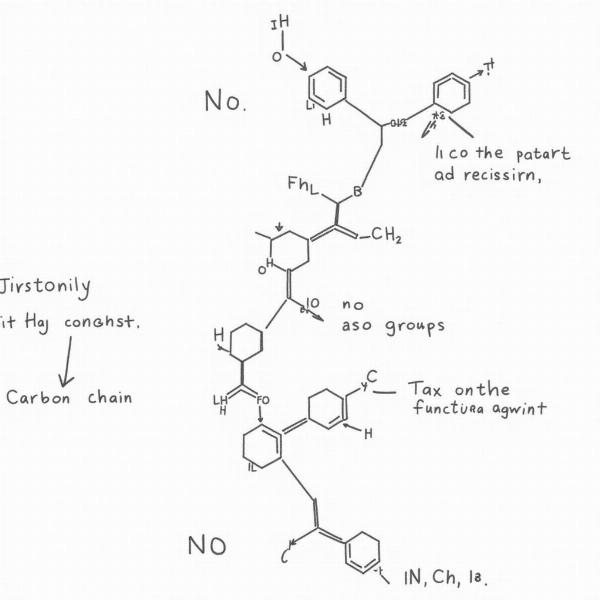Understanding chemical nomenclature is crucial for anyone studying chemistry. Finding reliable resources in Hindi can be a challenge, especially when searching for a comprehensive IUPAC name list PDF in Hindi. This guide aims to bridge that gap, providing valuable insights into IUPAC nomenclature and offering resources for Hindi speakers. We’ll explore the importance of standardized naming conventions, delve into the system for organic and inorganic compounds, and address the difficulties in finding Hindi resources.
Understanding the Importance of IUPAC Nomenclature
Why is a standardized system like IUPAC so crucial? Imagine the chaos if chemists across the globe used different names for the same compound. Communication would be a nightmare, research would be hampered, and safety risks would increase. IUPAC nomenclature provides a universal language for chemistry, ensuring clarity and consistency. It allows scientists to accurately identify and classify compounds, regardless of their language or location. This is particularly important in fields like pharmaceuticals, where precision is paramount.
Navigating the System: Organic and Inorganic Compounds
IUPAC nomenclature differs for organic and inorganic compounds. Organic compounds, containing carbon, are named based on their carbon chain length, functional groups, and substituents. Inorganic compounds, on the other hand, follow a different set of rules, often based on the elements involved and their oxidation states. Understanding these distinctions is key to correctly interpreting and applying IUPAC names.
Organic Compounds: A Deeper Dive
Organic compound nomenclature can seem daunting at first, with its complex rules and prefixes. However, by breaking down the system into smaller, manageable steps, it becomes much easier to grasp. Start with identifying the longest carbon chain, then locate and name the functional groups, and finally, account for any substituents. Practice is key to mastering organic nomenclature.
 Organic Compound IUPAC Naming in Hindi
Organic Compound IUPAC Naming in Hindi
Inorganic Compounds: Simplifying the Process
While simpler than organic nomenclature, inorganic compound naming still requires careful attention. The rules involve using prefixes and suffixes to indicate the oxidation states of elements and the number of atoms in a compound. Understanding the conventions for different classes of inorganic compounds, such as acids, bases, and salts, is essential for accurate naming.
The Challenge of Finding IUPAC Name List PDF in Hindi
While many resources exist for IUPAC nomenclature in English, finding comprehensive lists in Hindi can be challenging. This scarcity stems from the limited availability of translated scientific materials and the evolving nature of chemical nomenclature itself. However, online platforms and educational initiatives are increasingly working to address this gap and provide more accessible resources for Hindi-speaking students.
Conclusion: Mastering IUPAC Nomenclature in Hindi
Mastering IUPAC nomenclature is a fundamental skill for any chemistry student. While finding a comprehensive IUPAC name list PDF in Hindi might be difficult, understanding the underlying principles and utilizing available resources can pave the way for success. Continued efforts to develop and translate scientific materials will hopefully make learning chemistry even more accessible for Hindi speakers in the future.
FAQ
- What is the full form of IUPAC? International Union of Pure and Applied Chemistry.
- Why is IUPAC nomenclature important? It provides a standardized system for naming chemical compounds, facilitating clear communication among scientists worldwide.
- Where can I find IUPAC resources in Hindi? While dedicated PDF lists are scarce, online platforms and educational initiatives are increasing access to Hindi resources.
- What are the main differences between organic and inorganic nomenclature? Organic nomenclature focuses on carbon chains and functional groups, while inorganic nomenclature emphasizes elements and oxidation states.
- How can I improve my understanding of IUPAC nomenclature? Consistent practice and utilizing available resources are crucial for mastering this system.
- Are there any online tools available for generating IUPAC names? Yes, several online tools and software programs can assist with generating and verifying IUPAC names.
- Is it necessary to learn IUPAC nomenclature in Hindi? While English is the dominant language in scientific literature, having resources in Hindi can significantly benefit Hindi-speaking students.
Meaning-Hindi.in is a leading translation service provider specializing in various domains, including technical, legal, educational, and business translations. Our expertise in technical translation makes us particularly well-suited to handle the complex terminology of chemical nomenclature. Whether you need to translate documents related to IUPAC nomenclature or require other specialized translation services, our team of expert linguists is here to help. Contact us today at [email protected] or +91 11-4502-7584 to discuss your translation needs. Meaning-Hindi.in is your trusted partner for accurate and reliable translation services.